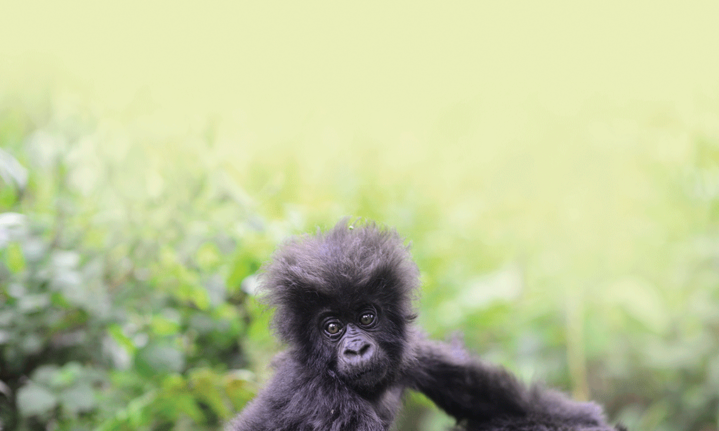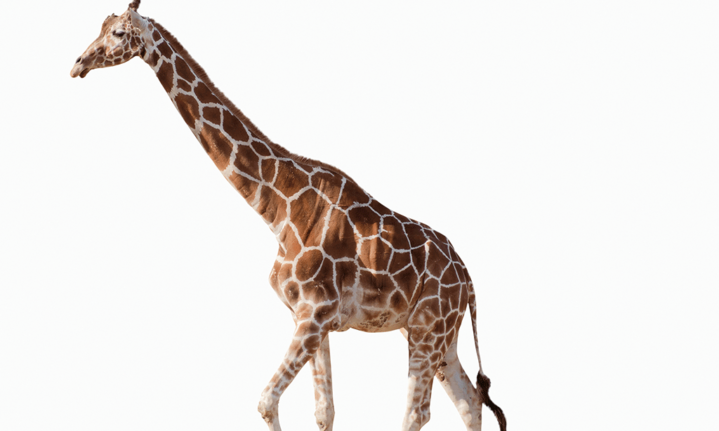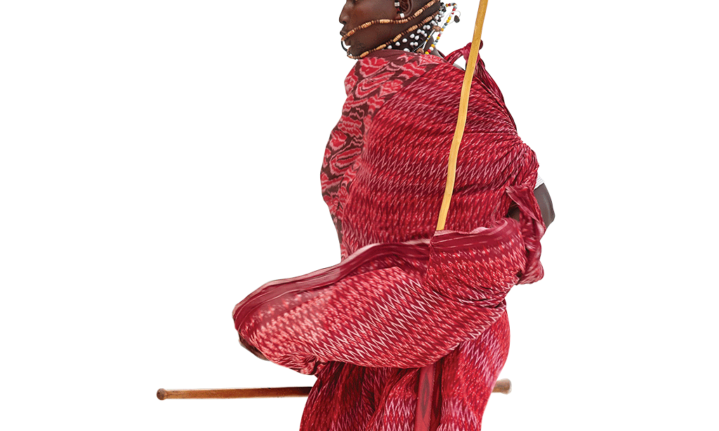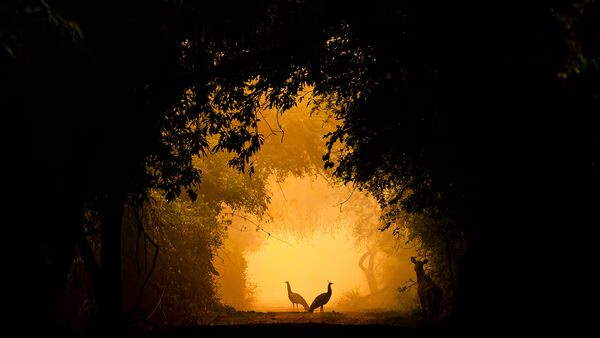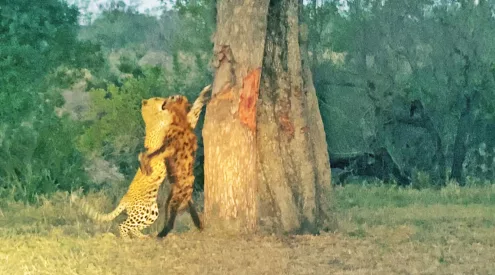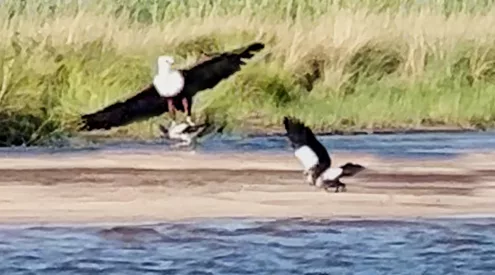Interview: by Lauren Dold | Photography supplied, gallo/ getty images
Most South Africans will no longer be able to claim they’ve seen the Big Five. Unless of course, they’ve seen a polar bear. And a tiger. And a gorilla. The New Big Five were chosen by the only people who have any business shooting wildlife: photographers. Supported by conservationists such as Dr Jane Goodall, Dr Paula Kahumbu and Dr Tara Stoinski, photographers have helped to redefine this archaic term originally used to describe the five most dangerous animals to hunt on foot in Africa.
Along with polar bears, tigers and gorillas, our familiar favourites, lions and elephants, make up the New Big Five. British photographer Graeme Green launched the project in April last year to raise awareness of the threats facing the world’s wildlife, from poaching to trafficking to habitat loss and human-wildlife conflict. Ultimately, this initiative encourages travellers to go and see the new five in their natural habitats, to help fund conservation efforts.
Tara, unsurprisingly, put in a vote for mountain gorillas.
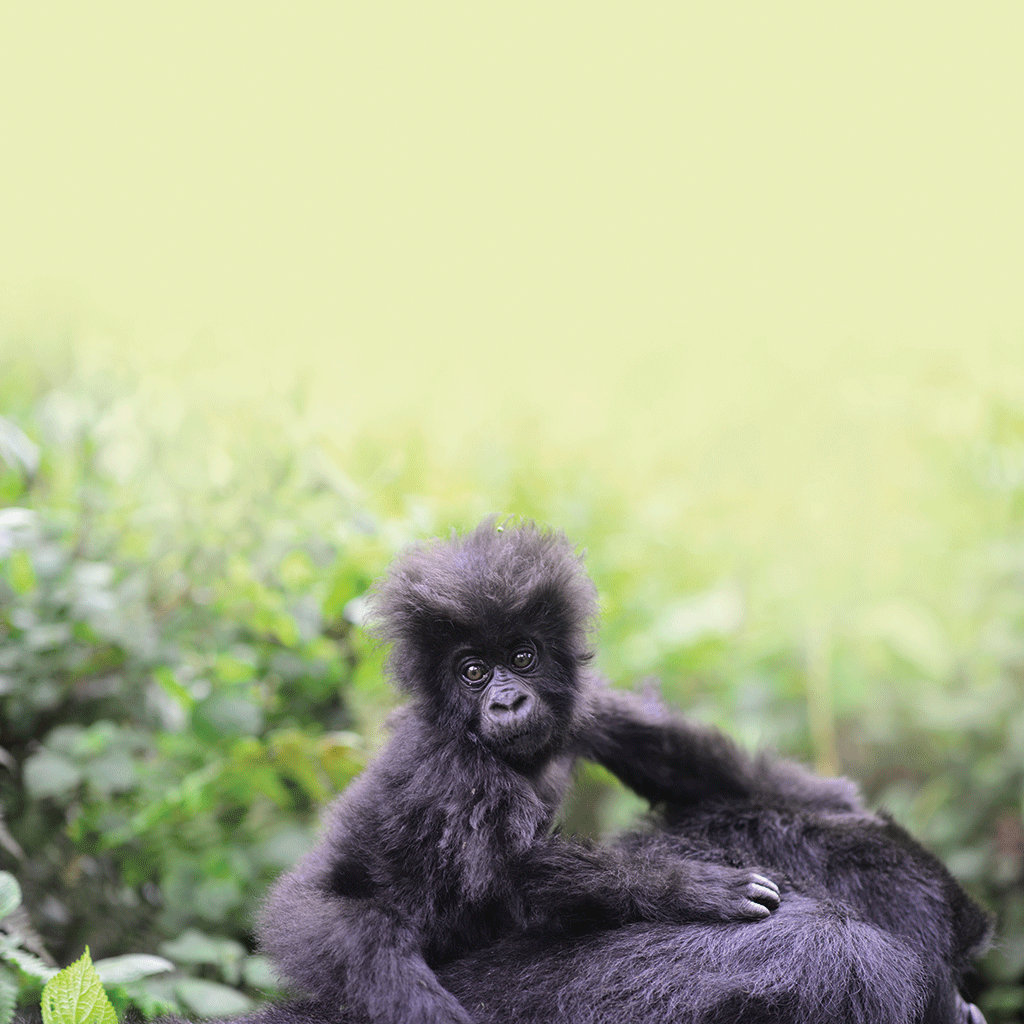
Dr Tara Stoinski, primatologist and CEO of the Dian Fossey Gorilla Fund, has spent half her life studying and protecting gorillas. Listed as a critically endangered species, gorillas are now on a different list, much to Tara’s joy
Mountain gorillas make amazing subjects because they remind us so much of ourselves. They draw us in with their intelligent eyes, their dexterous hands and the way they play, cuddle and interact.
I’ve always loved animals. I went to university thinking that I would be a vet. Then I had the opportunity to go to Zimbabwe to study jackals (which I never saw). They were totally nocturnal, and all collared, so we spent a lot of time just following beeps in the distance, but that’s when I really fell in love with the idea of studying animal behaviour and ecology. So, instead of studying veterinary science, I got my PhD working on a highly endangered primate species in Brazil.
I really wanted to work in Africa again. I looked at PhDs on lions and elephants but I was living in Atlanta, where the Fossey Fund is based. I did some of my research at the zoo in Atlanta, which has a significant gorilla collection, so that’s kind of how I ended up taking that path. I’ve been with the Fossey Fund for almost 20 years now. I started as a scientist, then seven years ago I moved into the CEO position – 27 years of studying gorillas and I can’t imagine doing anything else. They’re so wonderful.
We operate in Rwanda and the eastern Democratic Republic of the Congo, where some of the world’s last gorillas live. The landscapes are vastly different in these countries. In Rwanda, all the gorillas live in national parks so they are afforded protection and the government is really engaged in leading conservation in the country. Mountain gorillas have little habitat left, about 800km2 in total. It’s a small habitat with a high human population density around it.
While this habitat is well protected, it’s a small population and if there were to be a natural disaster or a pandemic, that could cause a lot of problems. Our teams have been working for more than a year and a half in rotations, isolating from the larger communities and their families so that we minimise any risks of bringing Covid-19 to the gorillas. In the DRC it’s a very different story.
There, we work in a remote location. Most Grauer’s gorillas, which is a different subspecies, live outside protected areas, so we work a lot with communities to develop strategies for them to protect their community forests and the wildlife that lives within them. Lack of infrastructure, civil unrest and criminal activity make conservation very challenging.
Poaching is also a huge threat to that population. The numbers have recently been updated, and we’ve seen roughly a 60% decline in Grauer’s gorillas over the last 20 years, as a direct result of poaching for food. In the DRC there are no domestic markets or history of livestock or animal husbandry so people really rely on the forest.
And while that’s fine for some species, it’s not for a critically endangered species like the Grauer’s gorilla. It’s not like the syndicates involved in rhino or elephant poaching; these are people just trying to feed themselves, so our motto is “Helping people. Saving gorillas”. A big part of the strategy is investing in these local communities, dealing with food security and livelihoods, addressing the root causes of people having to resort to hunting wildlife for food. If we can address that, we can hopefully make a difference for people and wildlife.
In Rwanda, it’s less of a problem. When Dian Fossey was there, gorillas were actively being poached, mostly for souvenirs, but that has stopped to some degree. Now most gorillas that are poached are caught in traps set for bushmeat. While there are more Grauer’s gorillas in the wild, around 6 800, mountain gorillas at just more than 1 000 are one of the few conservation success stories.
They’ve been steadily increasing in numbers since the 1980s, (about 4% a year) whereas Grauer’s have been rapidly decreasing. Gorillas only have babies roughly every four years. Luckily for Grauer’s gorillas, their range is huge, and there’s still a lot of forest left, unlike how it is for mountain gorillas, which only have this tiny habitat left.
A lot of people don’t realise gorillas are among the most at-risk species in Africa. By protecting gorillas you protect so many of the other animals that share their habitat. Removing snares protects them all. Particularly in the DRC, Grauer’s gorillas live on the eastern edge of the Congo Basin, the world’s second-largest remaining tropical rainforest, and a natural solution against climate change. We’re protecting the forests to protect gorillas but we’re actually protecting ourselves. Beyond a single species or community, we’re protecting the whole world. We all have a vested interest in making these conservation efforts a success.
Tourism plays such an important role in conservation because that’s how people get educated. That’s why I hope the New Big Five will encourage people to come and see the gorillas and wildlife across the globe.
Tara’s Top Six
1. My Heart lies on the African continent. I feel so at peace and at home when I am here. I always tell people I started going to Africa because of the animals but what’s made me love working here is the people.

2. I love the countries in which we work, Rwanda and the DRC, and I enjoy taking people there. They go to see the gorillas but they leave having fallen in love with the people and the history.
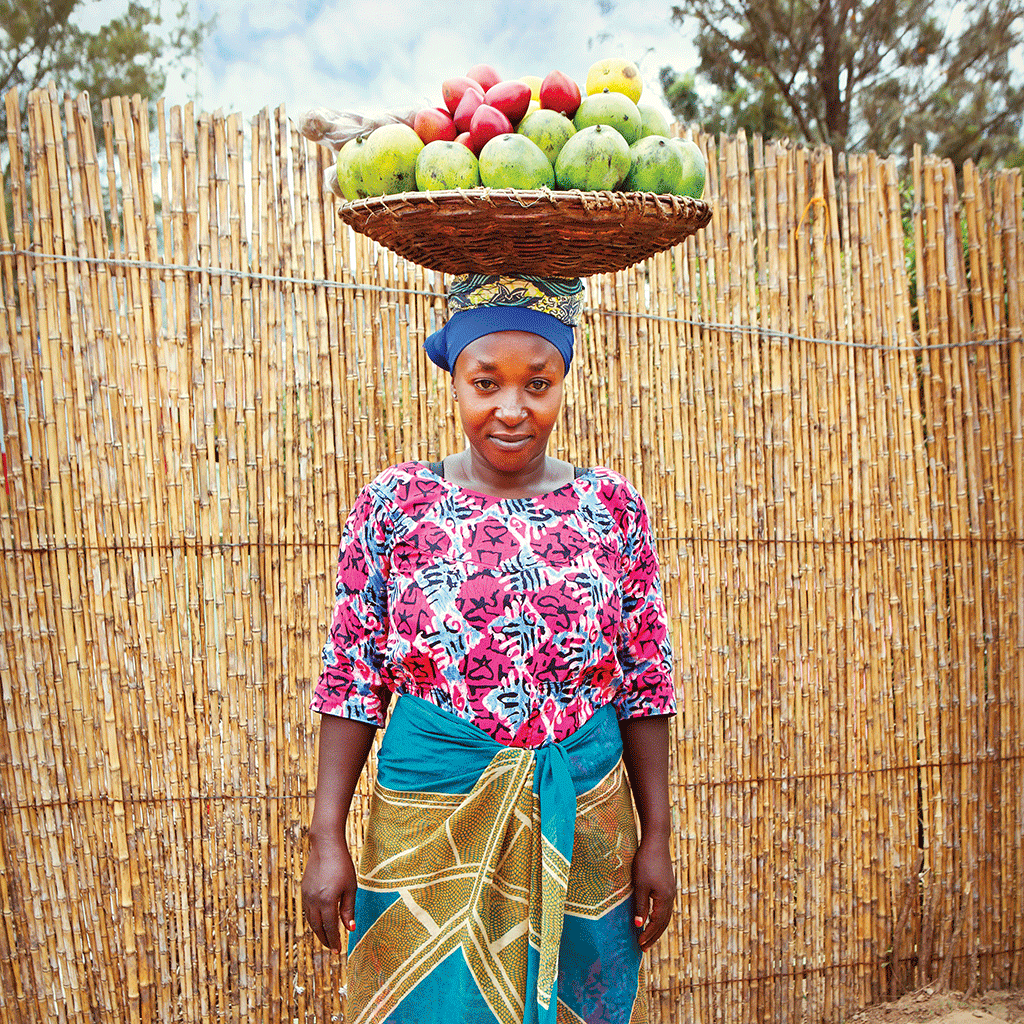
3. Zimbabwe is special to me; it’s where I first studied in Africa.
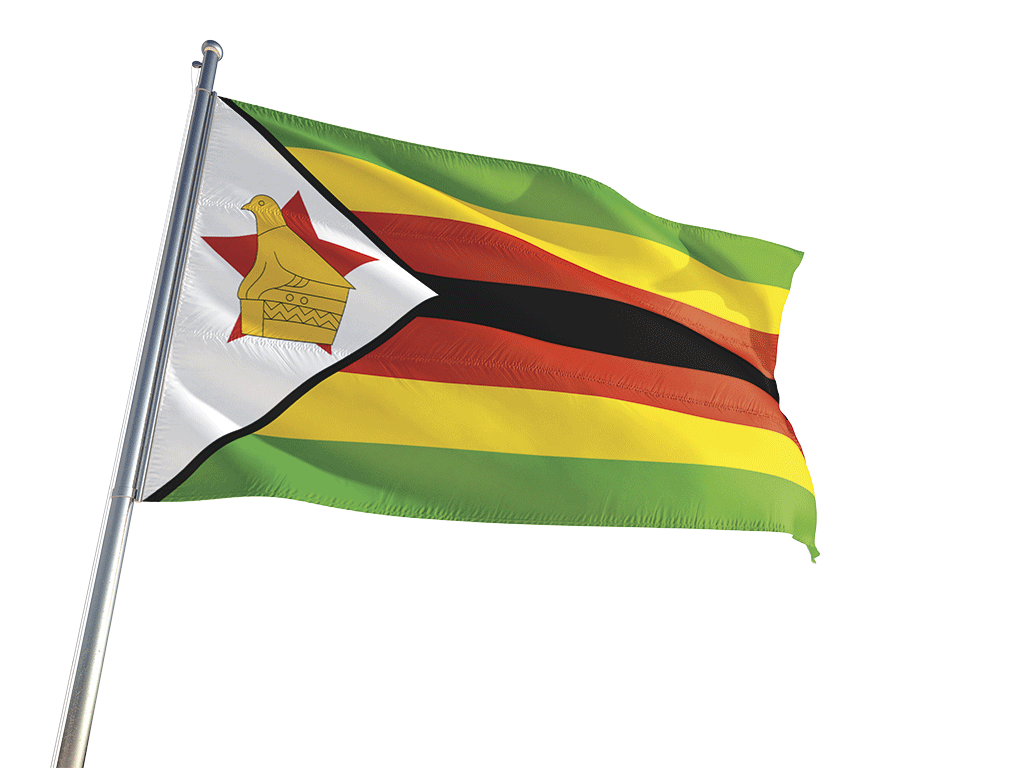
4. I love Tanzania, particularly the beautiful Selous. I even considered doing a PhD there.

5. Kenya – I’ve been all over Kenya and I just love everything about it.

6. To me Cape Town must be one of the most beautiful cities in the world – I love South Africa as well.










